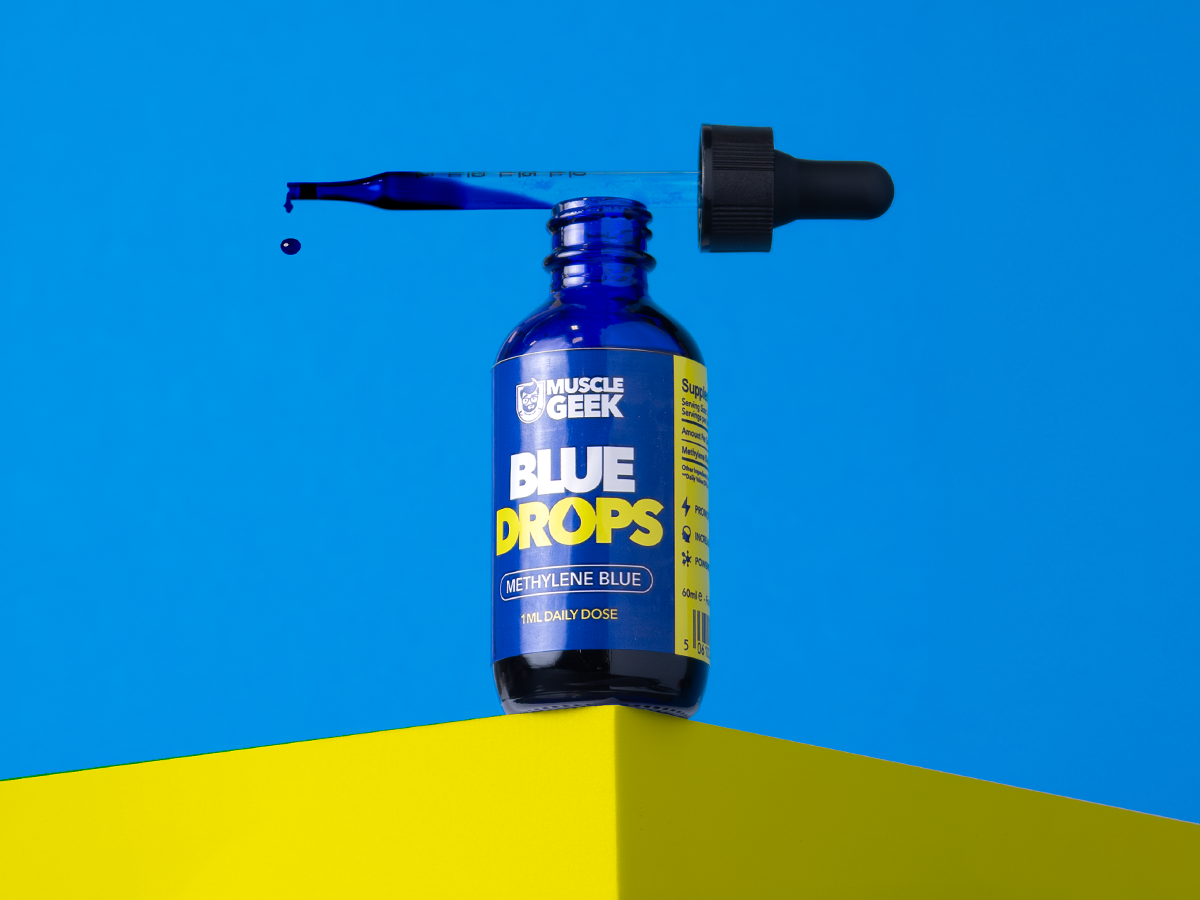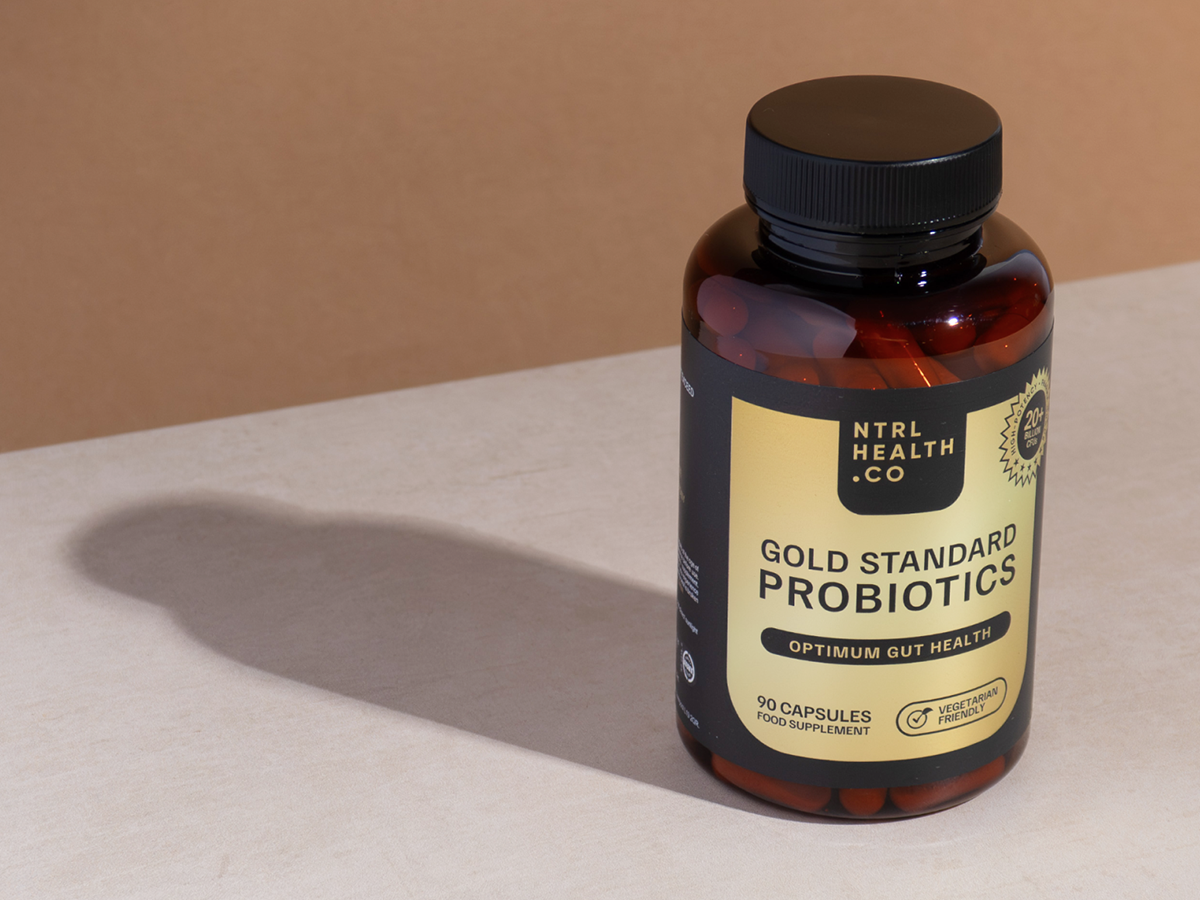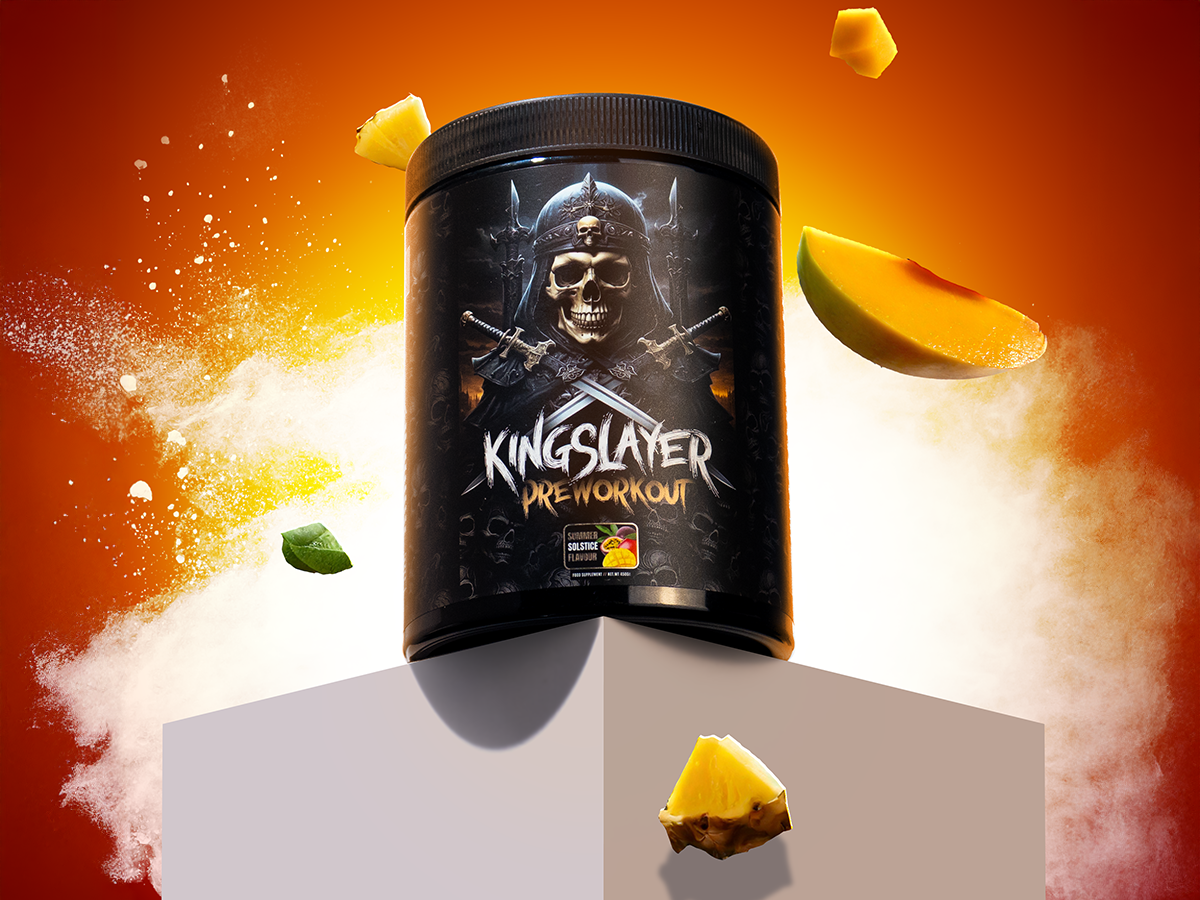You might have stumbled upon the term "Methylene Blue" recently, perhaps in discussions about nootropics, anti-aging, or even aquarium care. This vibrant blue dye, with a history stretching back over a century, is experiencing a resurgence in popularity, prompting many to wonder: what exactly is Methylene Blue, and what's behind the buzz? Let's dive into the world of this intriguing compound.
What is Methylene Blue?
At its core, Methylene Blue is an aromatic heterocyclic chemical compound. Its distinctive deep blue color comes from its ability to absorb red light. Originally synthesized in 1876 by Heinrich Caro as a dye for textiles, its applications quickly expanded beyond the fabric industry.
Chemically, Methylene Blue is a thiazine dye. It exists as a salt and is readily soluble in water, creating a characteristic blue solution. This simple yet elegant molecule has a fascinating ability to interact with biological systems, leading to a diverse range of applications throughout history and into the present day.
The Potential Benefits of Methylene Blue
The recent surge in interest surrounding Methylene Blue stems from a growing body of research exploring its potential therapeutic benefits. While many of these areas are still under investigation, some promising findings include:
- Nootropic Effects: Some studies suggest that low doses of Methylene Blue may enhance cognitive function, including memory and focus. It's believed to work by improving mitochondrial respiration, the process by which cells produce energy. By optimising energy production in brain cells, it could potentially boost cognitive performance.
- Antimicrobial and Antifungal Properties: Methylene Blue has a long history as an antiseptic and has demonstrated activity against certain bacteria, fungi, and parasites. This is due to its ability to interfere with microbial metabolic processes.
- Antioxidant Effects: Paradoxically, while it can participate in redox reactions, Methylene Blue at low concentrations has shown antioxidant properties. It can help protect cells from damage caused by free radicals.
- Potential in Neurodegenerative Diseases: Preliminary research suggests that Methylene Blue might have a role to play in mitigating the effects of neurodegenerative diseases like Alzheimer's and Parkinson's. Its ability to improve mitochondrial function and reduce protein aggregation are areas of active investigation.
- Treatment of Methemoglobinemia: This is one of its well-established medical uses. Methemoglobinemia is a condition where the blood carries less oxygen than normal. Methylene Blue helps convert methemoglobin back to normal hemoglobin, restoring oxygen-carrying capacity.
Is Methylene Blue Safe?
The question of safety is paramount when considering any substance for potential health benefits. Methylene Blue has a long history of medical use, and when administered to the recommended guidelines, it is generally considered safe for specific applications like treating methemoglobinemia.
The Blue Horizon: An Emerging Compound
Methylene Blue is a fascinating compound with a rich history and promising potential. While the emerging research into its benefits is exciting, it's crucial to approach the topic with caution and rely on credible scientific sources.
The information presented here is for educational purposes only and should not be interpreted as medical advice. Always consult with a qualified healthcare professional before considering the use of Methylene Blue for any health-related purpose.





Leave a comment
All comments are moderated before being published.
This site is protected by hCaptcha and the hCaptcha Privacy Policy and Terms of Service apply.